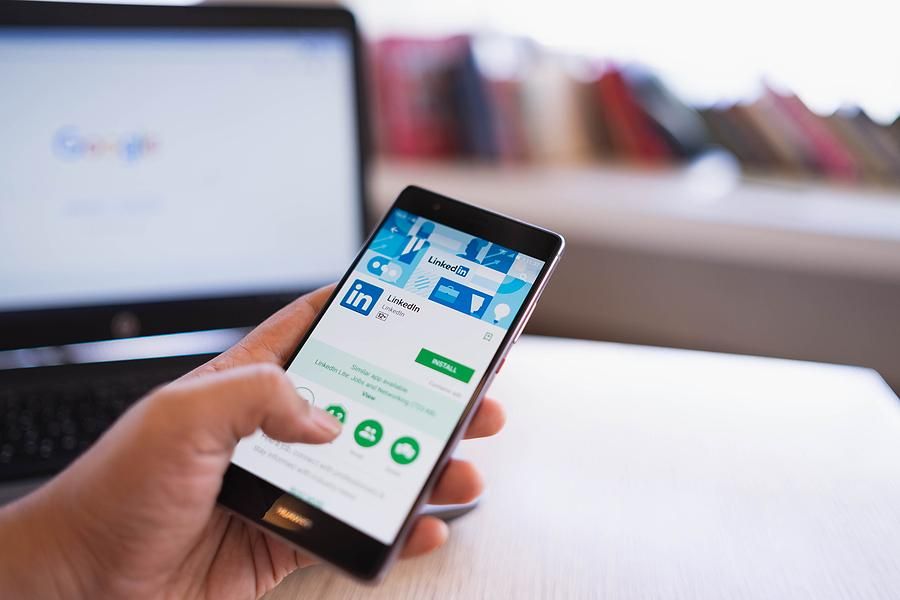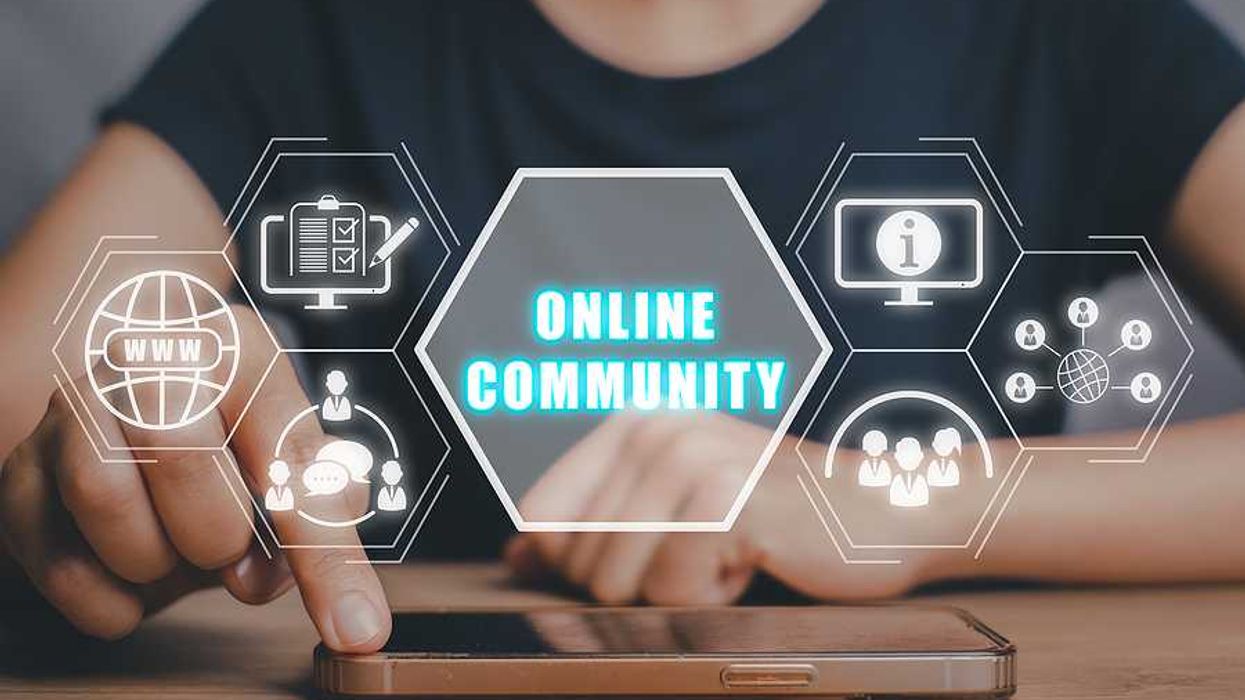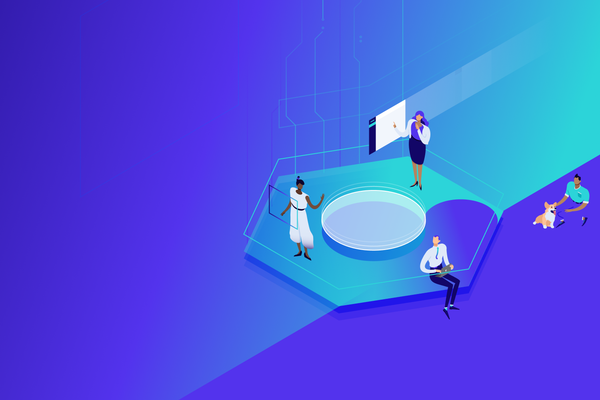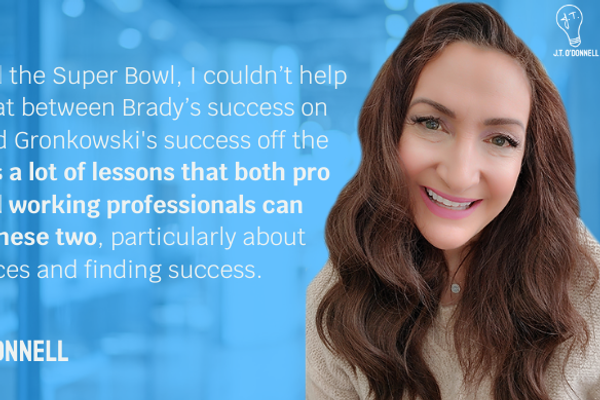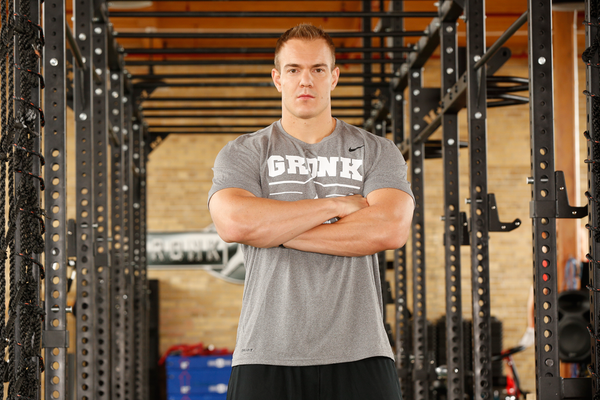Are you unknowingly sabotaging your LinkedIn profile with cliché buzzwords? Recently, the 10 most overused words on LinkedIn profiles were revealed. And I'm not shocked to see that all 10 words break the basic rule of personal branding: stay objective.
Why These LinkedIn Buzzwords Are A Problem
Opinions of your skills don’t belong on LinkedIn—at least not without proof. The 10 most overused words on LinkedIn are subjective, meaning that if you use them, you are stating an opinion of yourself instead of providing evidence. Take a look:
- Specialize
- Experienced
- Skilled
- Leadership
- Passionate
- Expert
- Motivated
- Creative
- Strategic
- Focused
The problem with using these words is that, while you might think describing yourself this way shows confidence, recruiters and hiring managers may see it as fluff. You risk sounding arrogant or vague. The reader of your profile gets the mistaken impression that you think you are “all that and a bag of chips.”
Subjective claims trigger skepticism. Readers immediately think, “Really? Says who?” This is not the reaction you want when someone finds your LinkedIn profile.
Simple Test: Remove The Fluff From Your LinkedIn Profile
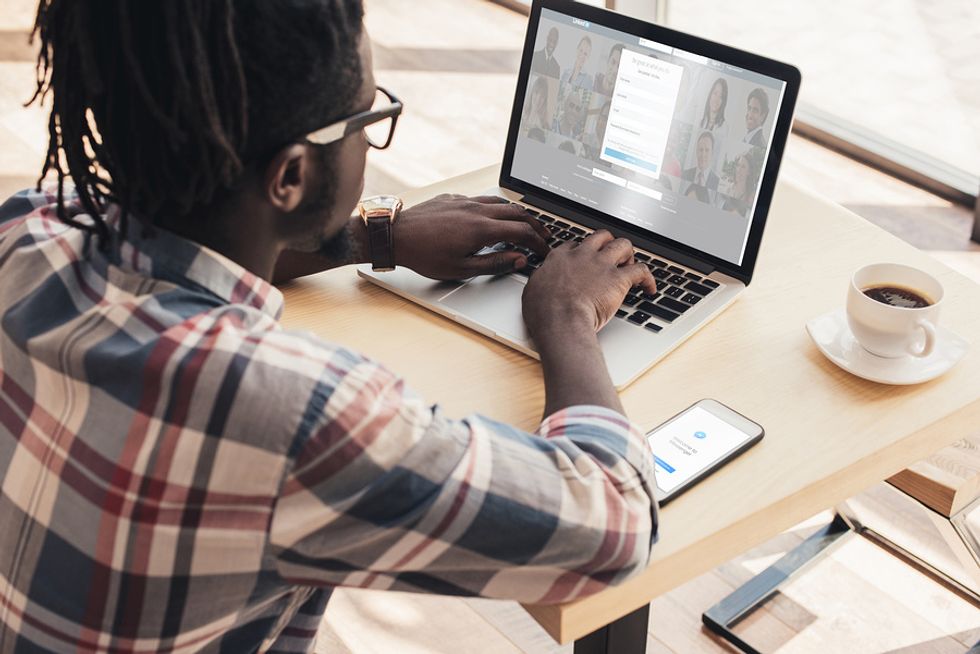 Bigstock
Bigstock
If you're unsure whether a word belongs on your LinkedIn profile, use this easy test: Read each sentence and ask, “Says who?” If the sentence doesn’t include a clear, provable fact, cut or rework it.
I used all 10 of the words on LinkedIn’s list below to show you examples of how they get misused.
- I am a strategic, motivated professional.
- I am creative and experienced.
- I have great leadership skills.
- I am a skilled expert in my field.
- I know how to specialize to meet the needs of my job.
- I am a focused leader who's passionate about my industry.
These statements raise red flags because they lack evidence. For all of the above, you can’t help but think when you read them, “Geez. Don’t you think a lot of yourself!” Or, as I mentioned above, the immediate reaction becomes, “Really? Says who?”
What To Write Instead: Use Metrics And Results
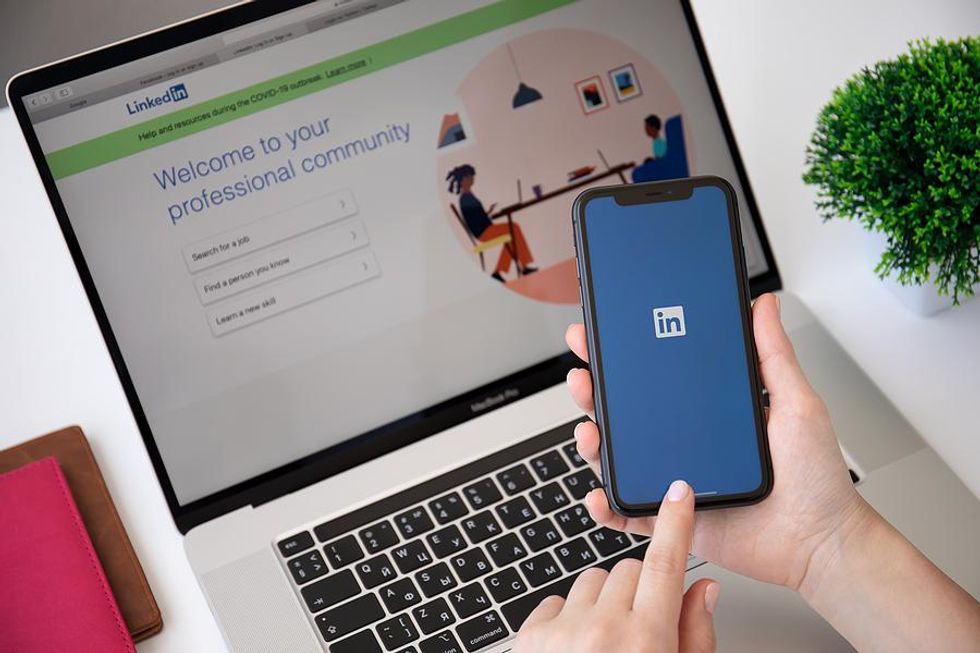
Bigstock
To make your LinkedIn profile stand out, replace vague descriptors with accomplishments that demonstrate your value. Focus on quantifiable achievements that recruiters care about.
Try these instead:
- I have a 10-year track record of exceeding my employer’s performance review standards.
- I have created 20+ projects in X, resulting in $1M in new revenues.
- I have completed more than 100 business analysis projects that have saved my employers $250K+ in the last 2 years.
- I have managed teams of 2-50 through 15+ complete project lifecycles.
- I have worked with over 400 customers to solve implementation issues that reduced client service calls by 50%.
Final Tip: Quantify To Qualify

Bigstock
Notice all of the above bullet points use numbers, percentages, and statistics to prove the skill. This is called quantifying your accomplishments, and it is the most compelling way to validate your experience. When it comes to LinkedIn, facts are always better than fiction!
Need more help optimizing your LinkedIn profile?
Get access to our Free Resource Center today (no credit card required!).
